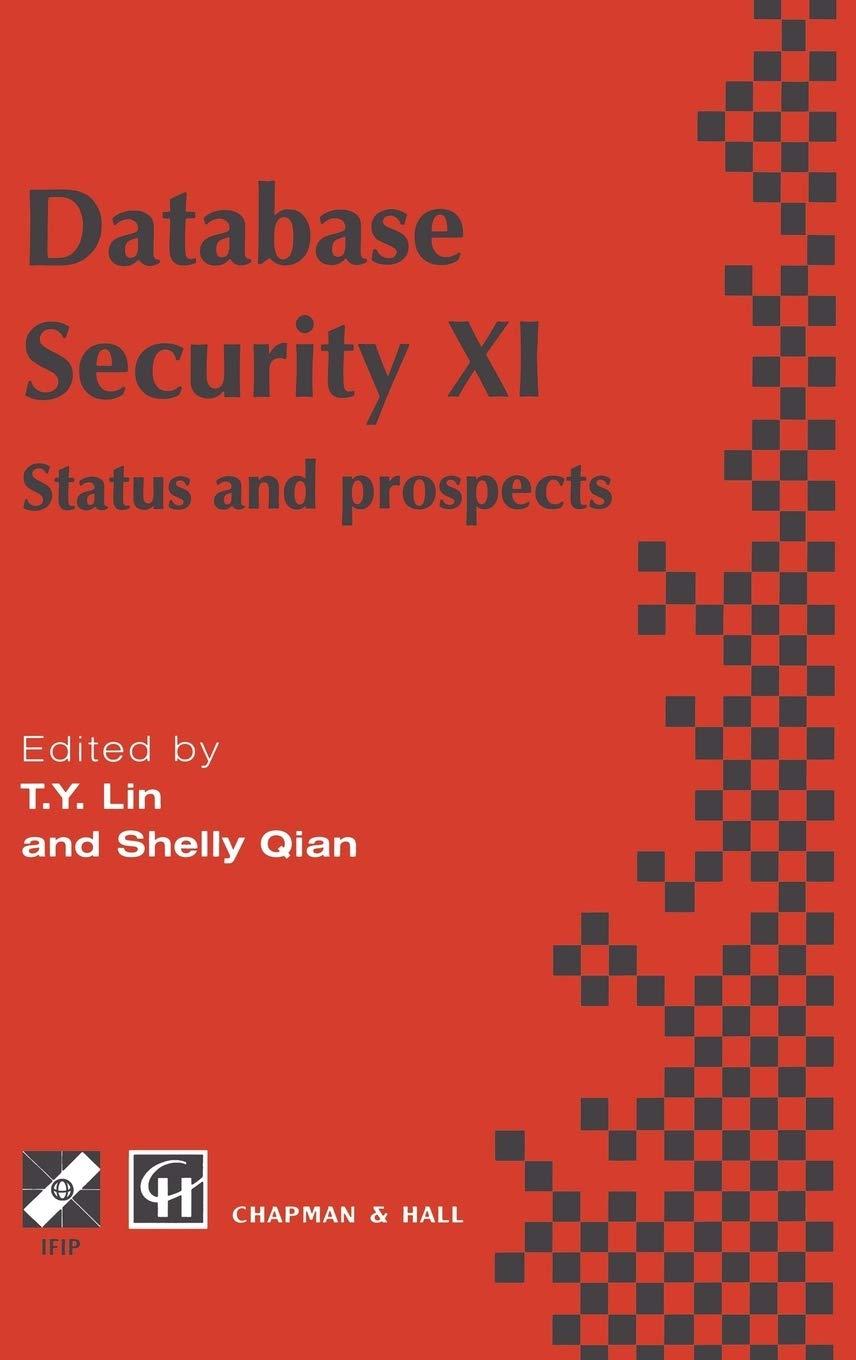Answered step by step
Verified Expert Solution
Question
1 Approved Answer
5. For each subprogram below, derive (in detail as shown in lect23_01_18-1.pdf: page 11, inserted page with cost/timestable, and [CLRS22] Chapter pages 29 - 31)



Step by Step Solution
There are 3 Steps involved in it
Step: 1

Get Instant Access to Expert-Tailored Solutions
See step-by-step solutions with expert insights and AI powered tools for academic success
Step: 2

Step: 3

Ace Your Homework with AI
Get the answers you need in no time with our AI-driven, step-by-step assistance
Get Started


